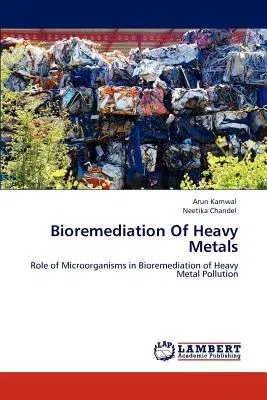Arun Karnwal
(Author)Bioremediation Of Heavy MetalsPaperback, 7 March 2012

Qty
1
Turbo
Ships in 2 - 3 days
In Stock
Free Delivery
Cash on Delivery
15 Days
Free Returns
Secure Checkout
Print Length
76 pages
Language
English
Publisher
LAP Lambert Academic Publishing
Date Published
7 Mar 2012
ISBN-10
3848428733
ISBN-13
9783848428731
Description
Product Details
Authors:
Book Format:
Paperback
Country of Origin:
US
Date Published:
7 March 2012
Dimensions:
22.86 x
15.24 x
0.46 cm
ISBN-10:
3848428733
ISBN-13:
9783848428731
Language:
English
Location:
Saarbrucken
Pages:
76
Publisher:
Weight:
122.47 gm

